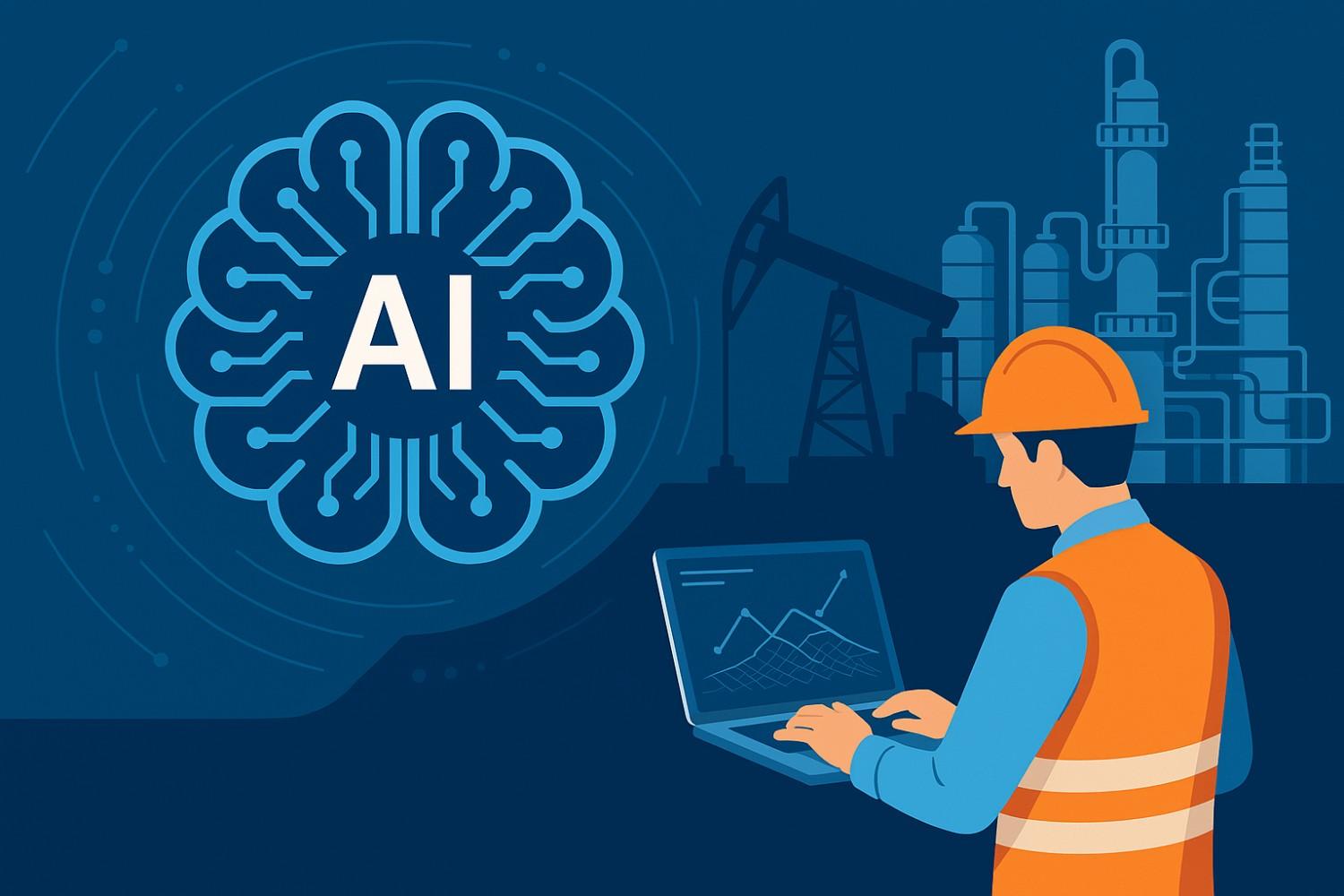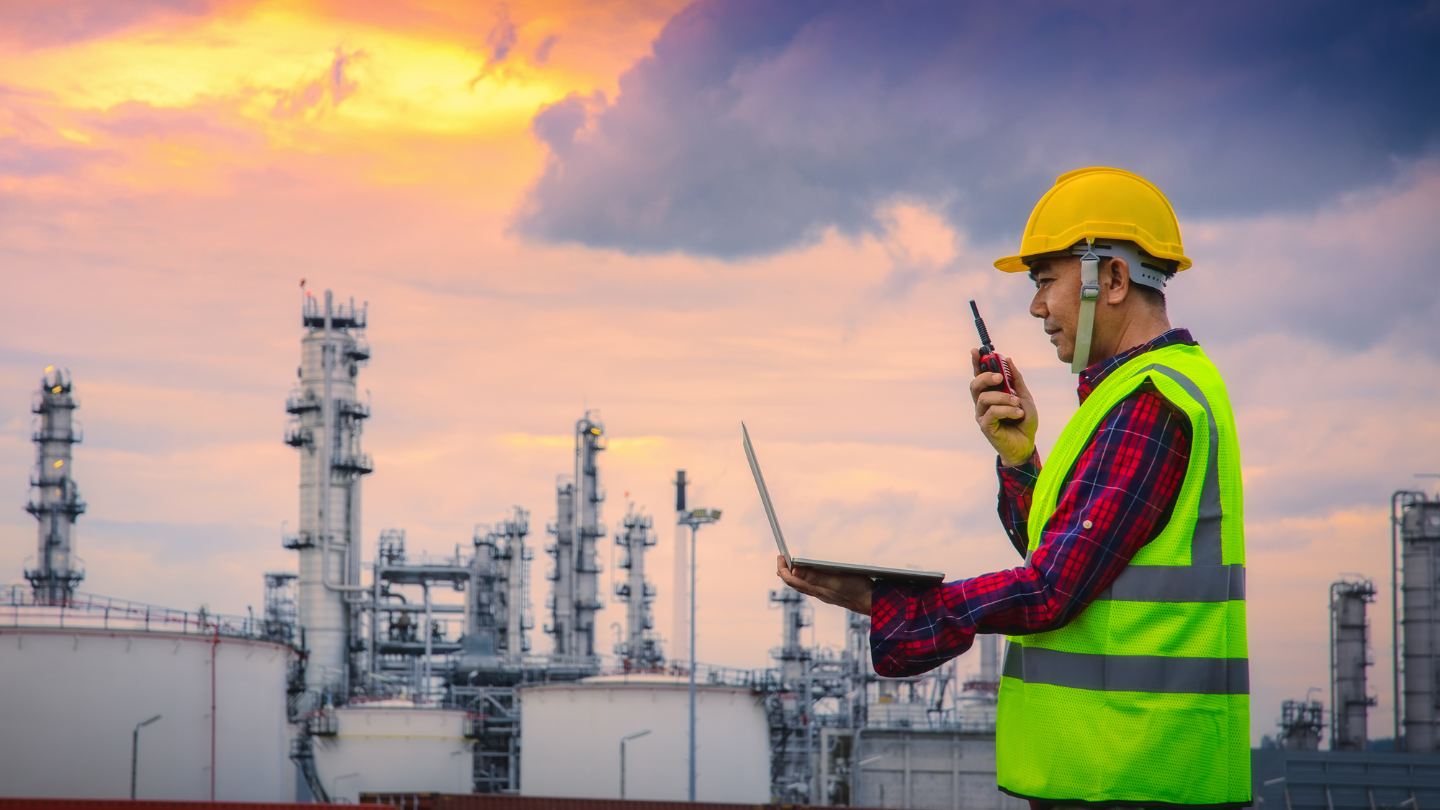In mining, keeping workers safe is the top priority. Mining work is risky, and companies need strong safety systems to protect their teams and equipment. Digital twins, virtual copies of real mining operations, are changing how safety is managed. These digital models use live data to spot dangers early, improve safety steps, and prevent accidents. This blog explains how digital twins make mining safer, their benefits, real-world uses, and the challenges in setting them up. Discover how this technology is creating safer mines for everyone.
What are Digital Twins in Mining?
Digital twins technology are virtual models that mirror physical mining processes and equipment. They enable operators to simulate, monitor, and optimize operations in a controlled digital environment. This approach uses digital twin technology to recreate mine layouts, production systems, and maintenance schedules accurately. In the context of mining, a digital twin serves as a tool to predict system behaviors, identify potential failures, and enhance overall operational performance. Furthermore, this concept leverages digital twin technology in mining to integrate real-time data, thereby facilitating quick decision-making and efficient planning.
The Benefits of Digital Twins in Mining
Implementing digital twins yields numerous benefits. First, they improve safety by allowing operators to test scenarios without endangering personnel. Secondly, digital twins help reduce operational costs through better planning and maintenance. Using digital twin technology also enables companies to achieve more precise control over production processes and asset management. Additionally, digital twins offer significant improvements in response times to unforeseen events, contributing to overall operational reliability.
The simulation capabilities of digital twins create a robust environment for risk management. This method contributes to a higher standard of industrial safety technology, ensuring that safety protocols are continuously tested and refined. As a result, mining operations become more resilient and better equipped to handle emergencies.
Key Applications of Digital Twins in Mining
Digital twins support a wide range of applications in mining. By offering detailed insights into processes, they enable more informed decision-making across various operational aspects.
A. Mine Planning and Design
Digital twins provide a virtual platform for designing mine layouts and planning extraction routes. By simulating geological formations and ore body characteristics, they help engineers optimize resource extraction while minimizing environmental impact. This planning is rooted in accurate data analytics, reducing risks associated with design errors.
B. Equipment Health and Predictive Maintenance
The real-time monitoring of machinery is crucial in mining. Digital twins allow continuous observation of equipment performance, enabling predictive maintenance strategies. This minimizes unplanned downtime and extends asset lifecycles. The simulation environment supports precise maintenance scheduling, directly contributing to safer and more reliable operations.
C. Process Optimization
Digital twins enable the evaluation and refinement of mining processes. By simulating various operational scenarios, they identify bottlenecks and suggest improvements. These adjustments help maintain efficient workflows, reducing energy consumption and production delays.
D. Safety and Risk Management
Safety management is a core focus in mining. Digital twins simulate hazardous scenarios, offering a safe platform for testing emergency responses and refining risk management procedures. This process enhances overall safety measures and reduces the likelihood of accidents.
E. Real-Time Monitoring
Digital twins integrate data from sensors placed on equipment and throughout mine sites. This real-time monitoring facilitates immediate response to deviations in operational parameters. The immediate feedback loop supports improved decision-making in complex environments.
F. Predictive Maintenance
In addition to equipment health monitoring, digital twins provide predictive analytics that forecast equipment failures. By analyzing operational data trends, they assist in scheduling maintenance activities before issues become critical. This approach minimizes disruptions and enhances operational continuity.
G. Process Optimization through Data
Digital twins leverage comprehensive data collection to optimize mining processes. Detailed simulations based on actual operating conditions allow for fine-tuning of extraction methods and processing workflows. This data-driven approach supports continuous improvement in operational efficiency.
The Role of Digital Twins Robotics to Boost Mining
The integration of robotics with digital twins represents a significant advancement in mining. Robots equipped with sensors and connected to digital twin systems can perform inspections and maintenance tasks autonomously. These systems enhance precision in underground and surface operations.
The combination of robotics with digital twin technology offers a systematic method for monitoring hard-to-reach areas and carrying out repairs without human intervention. When paired with mining automation solutions, this approach improves operational efficiency and decreases risks associated with manual labor in hazardous environments.
How Digital Twins Improve Worker Safety in Mining
Worker safety is a primary concern in mining, and digital twins contribute directly to safer working conditions. By providing a virtual representation of the work environment, they enable comprehensive safety training and emergency simulation. Workers can practice responses to potential hazards without real-world exposure. Additionally, real-time data feeds from the digital twin help supervisors monitor environmental conditions and equipment status. This practice supports rapid response during critical incidents, making digital twins an essential part of modern industrial safety technology.
Companies can enhance safety by using our Process Safety Services, designed to proactively manage mining risks.
Digital Twins and Environmental Sustainability in Mining
Mining operations have significant environmental impacts. Digital twins offer a way to reduce these impacts by optimizing resource extraction and waste management. Virtual simulations support environmentally responsible practices by identifying more efficient extraction methods and reducing unnecessary energy consumption. Implementing digital twin technology contributes to better environmental monitoring and control.
Moreover, by integrating data on emissions and resource usage, digital twins facilitate compliance with environmental regulations. This application aligns with the broader industry trend toward smart mining technologies, where sustainable practices are integrated into everyday operations.
Challenges and Barriers to Implementing Digital Twins in Mining
Despite the clear benefits, several challenges hinder the adoption of digital twins in mining.
- One major barrier is the high initial cost associated with developing and implementing these systems.
- Additionally, integrating digital twins with existing legacy systems can be complex. Companies must invest in robust data infrastructure and skilled personnel to manage these new systems. The need for standardization across data formats and communication protocols also poses a significant challenge.
- Another challenge is ensuring data security and integrity. With increased connectivity comes the hazard of cyber threats. Organizations must adopt stringent cybersecurity measures when deploying digital twin technology to protect sensitive operational data.
- Furthermore, the scalability of digital twin solutions may be limited in smaller mining operations that lack the necessary resources.
Despite these hurdles, gradual improvements in mining automation solutions and data analytics are expected to lower these barriers over time.
To accelerate safety and process improvements, mining companies are also integrating Applied AI Solutions with digital twin platforms for predictive analytics and intelligent automation.
Conclusion
Digital twin technology in mining has become vital for optimizing safety systems, enabling virtual modelling of operations to enhance planning, maintenance, and risk management.
Mining digital twin solutions improves safety compliance and environmental sustainability by simulating scenarios and integrating real-time data for proactive decision-making. Smart mining technologies, combined with mining automation solutions, further boost efficiency through robotics and advanced analytics, reducing hazards and streamlining processes. While challenges like implementation costs and cybersecurity persist, the benefits of predictive maintenance, operational transparency, and long-term sustainability justify the investment. As the industry evolves, adopting these systems will ensure safer, more productive mines aligned with global safety standards. Continued innovation in digital twins will drive smarter, data-driven mining practices, benefiting workers, ecosystems, and stakeholders alike. Companies like Ingenero are at the forefront of this transformation, providing innovative solutions that integrate advanced digital twin systems into mining operations. By leveraging these technologies, Ingenero helps mining companies enhance operational efficiency, improve safety compliance, and achieve environmental sustainability.




